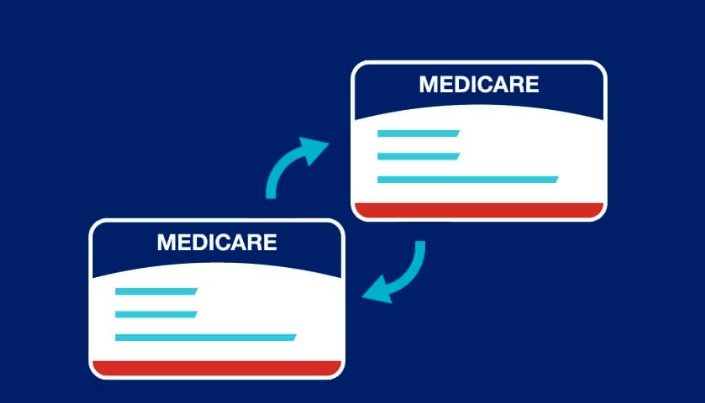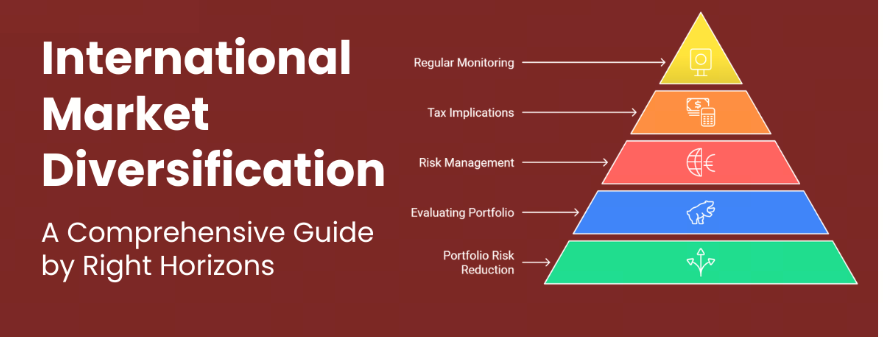
1. Set a Realistic Wedding Budget Early
The first and most crucial step is to set a realistic budget. Determine how much you can afford to spend and prioritize the elements most important to you. This will help you avoid overspending and make informed decisions throughout the planning phase.
2. Prioritize Your Wedding Expenses
Not every part of a wedding needs to be extravagant. Make a list of your priorities—whether it’s the venue, photography, or catering—and allocate your budget accordingly. Focusing on what matters most helps you save money on less critical areas.
3. Choose an Off-Peak Wedding Date
Getting married during the off-peak season (typically late fall or winter) or on a weekday can significantly reduce costs. Venues and vendors often offer discounts during these times, allowing you to save money on your wedding.
4. Limit the Guest List
One of the biggest factors influencing wedding cost is the number of guests. By trimming your guest list to close family and friends, you reduce expenses related to catering, seating, and favors.
5. DIY Invitations and Decorations
Opting for DIY wedding invitations and decorations can be a huge money saver. There are many affordable online tools and craft supplies available that allow you to create personalized and beautiful designs at a fraction of the cost.
6. Shop Around for Vendors
Don’t settle for the first vendor you meet. Get quotes from multiple photographers, caterers, and florists. Comparing prices and negotiating can help you find quality services that fit your budget.
7. Consider Alternative Venues
Instead of traditional wedding venues, consider parks, community halls, or even a friend’s backyard. These options are often less expensive and offer unique settings for your special day.
8. Rent Instead of Buying
For items like tuxedos, decorations, and even wedding dresses, renting can be much cheaper than purchasing. This is especially practical for items you will only use once.
9. Limit Alcohol Consumption
Alcohol can be one of the largest wedding expenses. Consider having a limited bar or a signature cocktail instead of a full open bar. This will significantly reduce your catering costs.
10. Use a Wedding Savings Plan
Start a dedicated wedding savings account early on, and consider automating monthly transfers. This disciplined approach helps you accumulate funds steadily, reducing financial stress as your big day approaches.
Wedding Budget Breakdown Chart
To help visualize how couples typically allocate their wedding budget in the US, here’s a simple breakdown:
| Expense Category | Average Percentage of Total Budget |
|---|---|
| Venue & Catering | 40% |
| Photography & Video | 15% |
| Attire & Accessories | 10% |
| Decorations & Flowers | 10% |
| Entertainment | 8% |
| Invitations & Stationery | 5% |
| Miscellaneous | 12% |
Source: WeddingWire 2024 National Survey
Conclusion: Smart Planning Leads to Big Savings
Saving money for your wedding is all about planning smartly and making informed choices. By setting a clear budget, prioritizing your expenses, and exploring creative alternatives, you can have a memorable wedding day without breaking the bank. Remember, the most important thing is celebrating your love surrounded by your closest family and friends—often, the simplest weddings are the most meaningful.



